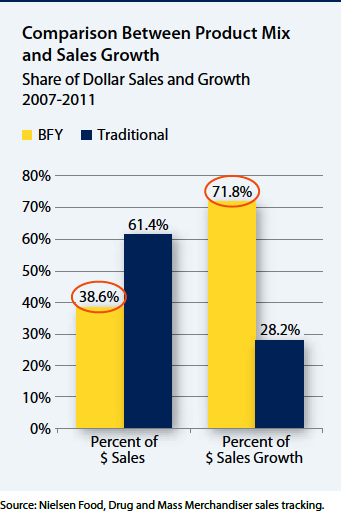White House insists “eat better” is still part of Let’s Move
I got a call yesterday from Sam Kass, the senior policy adviser on Michelle Obama’s Let’s Move staff, objecting strongly (an understatement) to my post about her new physical activity initiatives.
I interpreted her speech as a pullback from healthy eating initiatives. “Eating better” is demonstrably bad for business. The food industry much prefers “move more.”
Mr. Kass says no pullback was intended. Instead, he said, this is an expansion of Let’s Move into another one of the program’s five essential “pillars.”
Pillars?
I did not recall anything about pillars. I went to the Let’s Move website. Sure enough, there they are:
At the launch of the initiative, President Barack Obama signed a Presidential Memorandum creating the first-ever Task Force on Childhood Obesity….[Its] recommendations focus on the five pillars of the First Lady’s Let’s Move! initiative.
- Creating a healthy start for children
- Empowering parents and caregivers
- Providing healthy food in schools
- Improving access to healthy, affordable foods
- Increasing physical activity
In February 2010, Mrs. Obama discussed these elements in her speech launching Let’s Move, although without using the word “pillars.” The word also did not pop up in her speech discussing the new activity initiatives.
When I need help with this sort of thing, I consult Obama Foodorama, a treasure trove of information about food at the White House. Here’s what Let’s Move has done and is doing about the pillars:
- Creating a healthy start for children: encouraging breastfeeding, Let’s Move Child Care, and other such programs
- Empowering parents and caregivers: MyPlate and MiPlato, front-of-package labeling
- Providing healthy food in schools: child nutrition legislation, Healthier US Challenge , salad bars in schools
- Improving access to healthy, affordable foods: combating food deserts, reducing the price of fruits and vegetables, encouraging gardening, and green markets
- Increasing physical activity: Presidential Active Lifestyle Award challenge (PALA) and the new initiatives
In the broader context of the Let’s Move pillars, a focus on physical activity makes sense. It is an addition, not a substitution.
But Mrs. Obama’s speech did not frame it like that. Instead, her speech implied that she had given up on healthy eating because it is too difficult (kids have to be forced to eat vegetables), leaving open the possibility that “eating better” is too hard to promote in an election year.
I wish her speech had placed the initiative in context. Had it done so, it would not have been open to this kind of interpretation.






